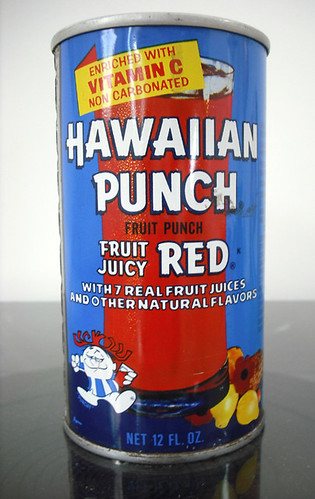I've started reading "Omnivore's Dilemma" by Michael Pollan and it's brilliant. It's like Fast Food Nation, only deeper and more disturbing, if that's possible. His baring of the facts of the factory food chain is deeply unsettling.
I found his chapters about corn cultivation and how corn became the dominant foodstuff in our diets especially eye-opening. He visits an Iowa farm not far from where my mother grew up and describes how in the last 50 years some of the most fertile land on earth has gone from supporting all manner of crops and animals (put out to pasture and fed on grass) to growing only two commodities: feed corn and soybeans. He explains how government policies changed in the early to mid-1970s to favor agribusiness over farmers and to encourage permanent overproduction of corn. Indeed, corn now sells for less than it costs to grow with the government making up the difference in the form of subsidies to farmers.
Who does this help? Big business, which now has a reliable, ever-growing supply of cheap corn that is raw material for everything from cattle (they are fed it) to processed foods to the sweetener in your soda, even to the waxy sheen on your fruit.
And the farmer? He's left barely able to make a living, his very abundance having turned him into a corporate serf.
And the consumer? He or she is bombarded with slick marketing to gin up sales of unhealthy products contributing to an explosion of obesity and illness. In the process, corporations have revolutionized how beef is produced. Instead of eating grass as nature intended, beef cattle are herded into giant feed lots and fed a witch's brew consisting primarily of corn, which makes them sick. It fattens them up quicker, but if they stayed on the diet indefinitely, most would die. All this has happened only in the last 30 or 40 years, a disturbing metamorphosis very few Americans are aware of.
At one point, Pollan suggests that part of the reason industry wanted this new system was to break the economic independence and hence the political clout of farmers, who since the Populist Movement (regularly and unfairly derided by our journalistic elite) of the 1890s had confounded money power.
Whether this was done on purpose is largely beside the point. That was the practical result, especially as it led to depopulation of the farm belt.
It made me think of other groups that once challenged corporate power, but no longer can. Small retailers? Far, far fewer, especially in small town, rural America where Wal-Mart decimated Main Street. Doctors and hospitals? Eclipsed by insurers, HMOs and drug companies. Small and medium-sized manufacturers? Driven out of business by foreign competition cheered on by Wal-Mart, allowing it to become one of the biggest, most profitable companies on earth.
Indeed, I'm struck that lawyers are one of the few professions independent of corporate America, one of the few businesses left where an individual with gumption, guts and talent can make it big on their own. You may think that's good or bad, and I'm not saying lawyers who sometimes overreach are heroes, but it is instructive that one of corporate America's biggest priorities is to rein in lawsuits, which would hobble one of the few groups able to effectively check their power and hold them accountable.
The corporate food chain epitomizes the transformation of America in the last three decades from a society built on individual endeavor, initiative and independence into one in which most of us are at the mercy of corporate interests and marketing.
















